Cargando...
Recursos educativos
-
Nivel educativo
-
Competencias
-
Tipología
-
Idioma
-
Tipo de medio
-
Tipo de actividad
-
Destinatarios
-
Tipo de audiencia
-
Creador
Lo más buscado
- Ejercicios escolares para niños de 7 años
- Inglés-Lengua extranjera
- Música teatral
- Actividades con divisiones por dos cifras
- Dividir por cifras
- Letras X
- Actividades acuáticas
- Matemáticas divertidas
- Julio Cortázar
- Geografía de España
- Repaso de biología
- Actividades cuerpo humano
- Rios de Europa
- ejercicios inglés
- Experimento de Miller
-
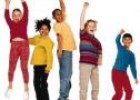
Webquest: Tourist guide
Tiching explorer Organización
- 5 lo usan
- 3063 visitas
Resource designed to help us tell about our favorite place in the world or a place we would like to visit. We create a brochure for that place, describing location, ways for getting there, landscapes,…
-

Webquest: Holidays
Tiching explorer Organización
- 2 lo usan
- 3560 visitas
Resource designed to help us learn about vocabulary related to holidays, such as accomodation, means of transport, places of interest, cultural and historical aspects, sightseeing, typical food,…
-
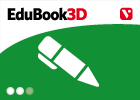
Observe. The savanna
EduBook Organización
- 2448 visitas
Look at the photograph of the savanna and answer the following questions: Describe the vegetation of the savanna. Are there are a lot of trees? Do you think the photograph shows the rainy season or the…
-

Investigate - The natural environment. Ecosystems
EduBook Organización
- 2445 visitas
Most of the energy used by living things originally comes from sunlight which is trapped by autotrophs (or producers). This energy is then transferred from the producers to all other living things…
-
End-of-unit activities - The natural environment. Ecosystems
EduBook Organización
- 2440 visitas
Most of the energy used by living things originally comes from sunlight which is trapped by autotrophs (or producers). This energy is then transferred from the producers to all other living things…
-
End-of-unit evaluation - The natural environment. Ecosystems
EduBook Organización
- 2427 visitas
Most of the energy used by living things originally comes from sunlight which is trapped by autotrophs (or producers). This energy is then transferred from the producers to all other living things…
-
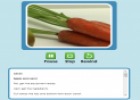
Cooking videos
Tiching explorer Organización
- 1 lo usan
- 4956 visitas
The website "Food a fact of life" provides a collection of cooking videos. They are cooking recipes. We can see how to prepare lots of different plates. Each video contains the ingredient list…
-

End-of-unit activities - Animals
EduBook Organización
- 2396 visitas
Animals belong to the largest and most diverse group of living things. There are over two million different animal species. Animals get the energy they need by eating food. They can move from place to…
-
Answer true or false
EduBook Organización
- 2390 visitas
Answer true or false: Ecosystems consist of a physical environment and a biological community. → Living things in a biological community do not interact. → Plants can be producers or…
-

End-of-unit evaluation - Animals
EduBook Organización
- 2392 visitas
Animals belong to the largest and most diverse group of living things. There are over two million different animal species. Animals get the energy they need by eating food. They can move from place to…
Te estamos redirigiendo a la ficha del libro...













